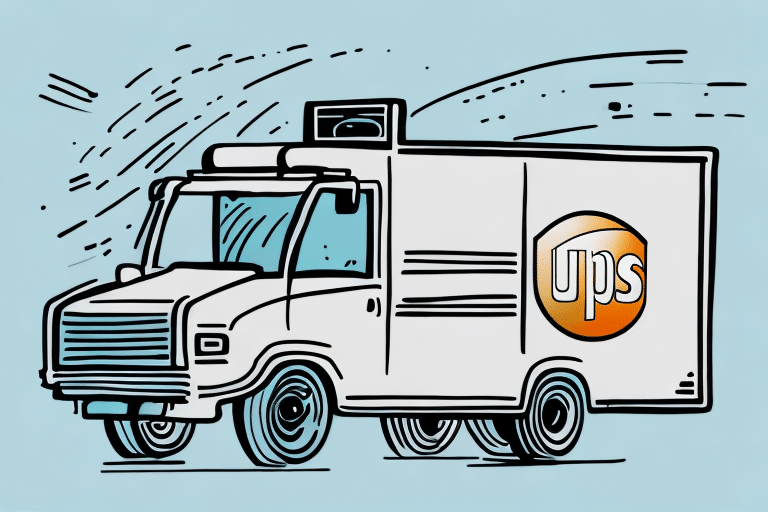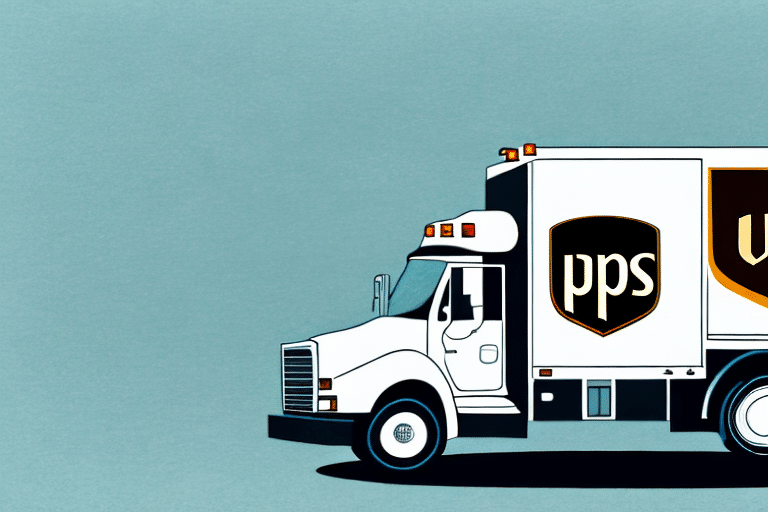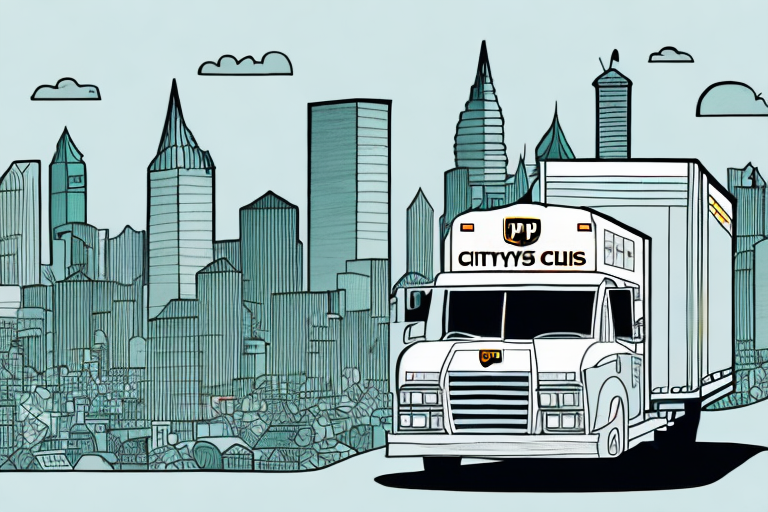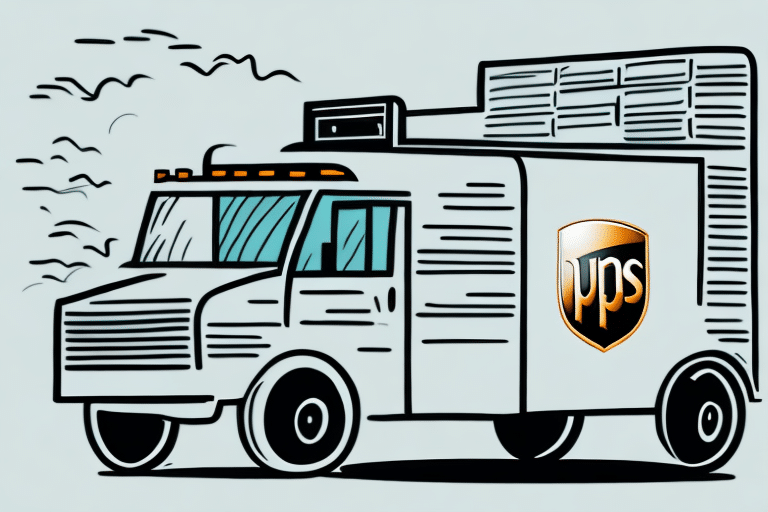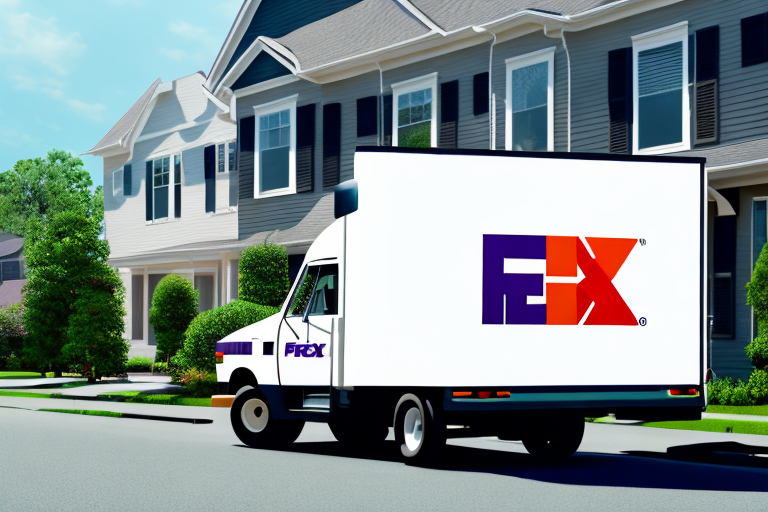If you're a business owner who ships products or goods using UPS, you're probably familiar with the concept of delivery area surcharges. But what exactly are delivery area surcharges, and how do they affect your shipping costs? In this article, we'll delve into the basics of UPS delivery area surcharges, including how they're determined, their impact on your bottom line, and how to navigate them to minimize costs for your business.
Understanding the Basics of UPS Delivery Area Surcharge
A delivery area surcharge is an additional fee that UPS imposes on packages being delivered to certain areas that are difficult or costly to access. These areas can include remote locations, residential areas, or areas with limited transportation infrastructure. Essentially, the surcharge is a way for UPS to offset the additional costs associated with delivering to these locations, including extra fuel, time, and labor expenses.
According to UPS, the delivery area surcharge is based on the zip code of the delivery address. Specifically, UPS divides delivery areas into two categories: extended and remote. Extended areas are defined as locations that are within a certain distance from a UPS facility, but still require additional time and effort to reach. Remote areas, on the other hand, are areas that are farther away from UPS facilities or have limited access via roads or other forms of transportation.
It's important to note that the delivery area surcharge can vary depending on the package's weight, dimensions, and destination. Additionally, the surcharge may be subject to change based on the current market conditions and fuel prices. To avoid unexpected fees, it's recommended to check the UPS website or contact customer service to determine if your package will be subject to a delivery area surcharge.
How Does UPS Determine Delivery Areas for Surcharge?
To determine which areas qualify for a delivery area surcharge, UPS uses a complex algorithm that takes into account various factors, including the distance between the delivery address and the nearest UPS facility, the overall cost of delivering to the area, and the volume of packages being delivered to the area. UPS updates its delivery area surcharge rates periodically to reflect changes in these factors.
It's worth noting that delivery area surcharges can add up quickly for businesses that ship frequently to remote or extended areas. The surcharge can range from a few dollars to several hundred dollars per package, depending on the location and the size and weight of the package. As a result, businesses that regularly ship to these areas may need to factor the surcharge into their shipping costs and adjust their pricing accordingly to remain competitive.
Additionally, UPS may also consider the level of demand for delivery services in a particular area when determining whether to apply a delivery area surcharge. For example, during peak holiday seasons, UPS may apply surcharges to areas that experience a high volume of package deliveries, even if they are not typically considered remote or extended areas. This is because the increased demand for delivery services can result in higher costs for UPS, which are passed on to customers through surcharges.
The Impact of UPS Delivery Area Surcharge on Your Shipping Costs
The delivery area surcharge can have a significant impact on your shipping costs, especially if you frequently ship to remote or extended areas. For small businesses with limited shipping budgets, the surcharge can be a major obstacle to growth. This is why it's critical for businesses to understand the surcharge and factor it into their shipping costs from the outset.
To minimize the impact of the surcharge on your bottom line, it's important to plan ahead and optimize your shipping routes. This can include consolidating multiple packages into a single shipment, using a third-party logistics provider to handle your shipping needs, or negotiating with UPS for volume discounts or reduced surcharge rates.
Another way to reduce the impact of the delivery area surcharge is to consider alternative shipping methods. For example, if you frequently ship to remote areas, you may want to consider using a different carrier that doesn't charge a surcharge for those areas. Additionally, you can explore the option of using ground shipping instead of air shipping, as ground shipping typically has lower surcharges.
It's also important to keep in mind that the delivery area surcharge is not the only surcharge that UPS may apply to your shipments. Other surcharges, such as residential delivery surcharges or fuel surcharges, can also add up quickly and significantly impact your shipping costs. Therefore, it's important to carefully review your shipping invoices and identify any additional surcharges that may be affecting your costs.
Navigating UPS Delivery Area Surcharges for Your Business Needs
If your business frequently ships to remote or extended areas, it's important to understand the nuances of the delivery area surcharge and how it affects your bottom line. One way to do this is to review your shipping data and identify any patterns or trends that could help you optimize your shipping routes and reduce costs.
You may also want to consider partnering with a logistics expert who can help you navigate the complex world of UPS surcharges and other shipping costs. A knowledgeable logistics provider can help you identify areas of opportunity to reduce costs, negotiate with UPS for better rates, and develop a customized shipping strategy that meets the unique needs of your business.
How to Minimize the Effects of UPS Delivery Area Surcharges on Your Bottom Line
While UPS delivery area surcharges can be a substantial expense for businesses, there are several strategies you can use to minimize their impact on your bottom line. One approach is to consolidate multiple shipments into a single shipment whenever possible. This can help you avoid multiple surcharges and reduce your overall shipping costs.
You may also want to consider using alternative shipping providers that don't impose delivery area surcharges or offer lower rates for shipping to remote or extended areas. Providers such as FedEx and DHL have their own surcharge structures, which may be more favorable to your business depending on your shipping needs.
Examples of When and Why UPS Implements Delivery Area Surcharges
UPS implements delivery area surcharges in a variety of situations, depending on the nature and location of the package being delivered. For example, if you're shipping a heavy or bulky item to a residential location in a remote area, you can expect to pay a significant surcharge to cover the additional costs of delivering to that location.
In other cases, UPS may impose a delivery area surcharge if there is a high volume of packages being delivered to a certain area, which can put strain on the company's resources and infrastructure. By adding the surcharge, UPS can help offset these costs and ensure that it can continue to provide reliable service to all of its customers.
What Are the Alternatives to UPS for Delivering to High-Demand Areas?
If you're looking for alternatives to UPS delivery area surcharges, there are several options available to you. One option is to use a regional or local carrier that specializes in delivering to remote or extended areas. These carriers may be more familiar with the terrain and logistics of these areas, which can help them provide faster and more efficient delivery than UPS.
You may also want to consider using a courier service or freight forwarder that can handle your shipping needs from start to finish. These providers can help you consolidate your shipments, negotiate better rates, and select the most cost-effective shipping options for your business needs.
Negotiating with UPS to Reduce or Waive Delivery Area Surcharges
If you're a high-volume shipper with significant negotiating power, you may be able to negotiate with UPS to reduce or waive delivery area surcharges. This can be challenging, as UPS has set guidelines and rates for its surcharges, but it's not impossible.
To negotiate with UPS, you'll need to have a clear understanding of your shipping data and be able to demonstrate how reducing or waiving surcharges would benefit both your business and UPS. You may also need to be open to negotiating other parts of your shipping agreement, such as overall shipping rates or volume discounts.
Staying Up-to-Date on Changes and Updates to UPS Delivery Area Surcharges.
Finally, it's important to stay up-to-date on any changes or updates to UPS delivery area surcharges. UPS periodically updates its surcharge rates and criteria based on changes in the shipping industry and other factors, so it's important to regularly review your shipping data and adjust your strategy accordingly.
By staying informed about these changes and optimizing your shipping routes and strategies, you can help minimize the impact of delivery area surcharges on your bottom line and ensure that you're getting the most out of your shipping budget.
How Do Competitors Like Fedex and DHL Handle Delivery Area Surcharges?
Like UPS, FedEx and DHL also impose delivery area surcharges for packages being delivered to remote or extended areas. However, the specific rates and criteria for these surcharges may differ from those of UPS, depending on the provider and the location of the package being shipped.
If you're considering using an alternative carrier to avoid delivery area surcharges, it's important to carefully review the rates and terms offered by these providers and consider factors such as shipping speed, reliability, and customer service.
Best Practices for Managing Shipping Costs with UPS and Other Carriers.
To effectively manage your shipping costs with UPS and other carriers, it's important to develop a comprehensive shipping strategy that takes into account factors such as package size and weight, shipping volume, and delivery locations. This can involve optimizing your shipping routes to reduce surcharges, consolidating shipments to reduce overall costs, and negotiating with carriers for better rates and terms.
Working with a knowledgeable logistics provider can also help you develop a customized shipping strategy that meets the unique needs of your business and ensures that you're getting the most out of your shipping budget.
Case Studies: The Real-World Impact of UPS Delivery Area Surcharges on Different Businesses.
Finally, it can be helpful to review real-world case studies of businesses that have effectively navigated UPS delivery area surcharges. By understanding how other businesses have successfully managed these surcharges, you can learn valuable strategies and tactics that you can apply to your own shipping operations.
For example, one business owner was able to reduce delivery area surcharges by consolidating multiple shipments into a single shipment, thereby reducing the overall number of surcharges and optimizing the company's shipping strategy. Another business owner was able to negotiate with UPS for reduced surcharge rates by demonstrating the high volume of shipments being delivered to remote areas.
Ultimately, the key to effectively managing delivery area surcharges with UPS and other carriers is to carefully analyze your shipping data, develop a comprehensive shipping strategy, and work with a logistics provider who can help you navigate the complex world of shipping costs and surcharges.


